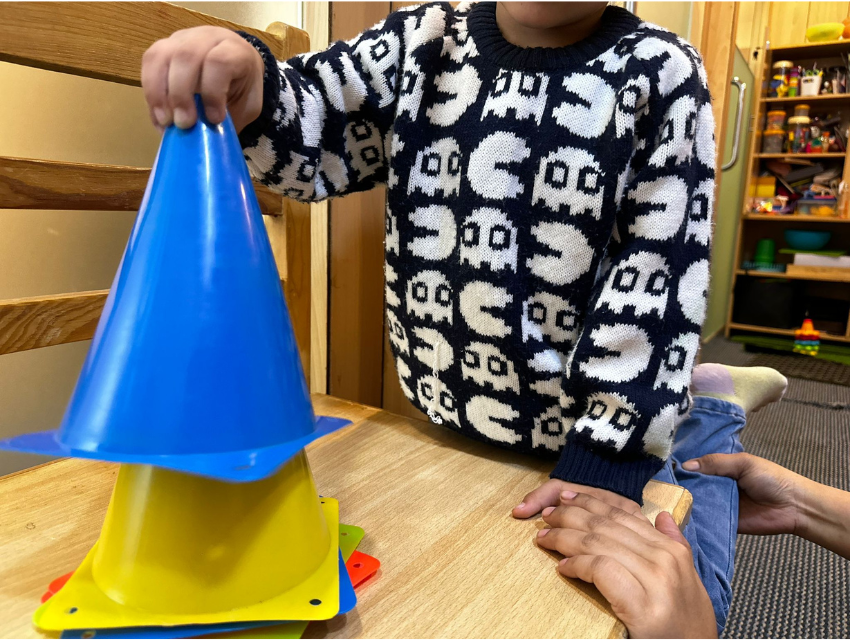Group Details
Stuttering group

A stuttering group therapy provides a safe, supportive environment where children can address their speech concerns while developing skills that help them manage stuttering
more effectively and improve overall communication.
Purpose of Stuttering Group Therapy:
Peer Support and Social Interaction:
Stuttering can be a source of frustration and embarrassment for children, especially in social and school settings. Group therapy provides an opportunity for children to interact with peers who face similar challenges, which can help reduce feelings of isolation. They learn that they are not alone, fostering a sense of community and shared experience.
The group dynamic encourages children to practice speaking in front of others in a low-pressure setting, promoting confidence and reducing anxiety about stuttering in social contexts.
Building Communication Confidence:
The group setting allows children to practice communication in various situations. They can speak about their experiences, tell stories, or participate in group discussions, helping them gain comfort with their stutter. As they see others also managing stuttering, they build self-acceptance and confidence in their ability to communicate, regardless of fluency.
Learning and Practicing Techniques:
In a stuttering therapy group, children are introduced to a variety of techniques to manage stuttering, such as slow and controlled speech, easy onsets, cancellation, and pull-outs. These strategies are often more effectively learned and reinforced in a group setting where children can practice in real-time and receive immediate feedback from both peers and the therapist. They also practice coping strategies for handling moments of stuttering, such as relaxation techniques or reframing negative thoughts associated with speaking.Increased Awareness and Self-Advocacy:
Stuttering group therapy helps children develop awareness of their speech patterns, which is a critical first step in managing stuttering. Through guided discussions and activities, children become more attuned to their speech, recognizing moments of tension and learning when to apply specific techniques.The group environment encourages children to be advocates for themselves by discussing stuttering with peers, teachers, and others. This can include learning how to explain their stutter to classmates or peers and how to request accommodations when necessary (such as speaking slowly or taking breaks during oral presentations).
Improving Social Skills:
Stuttering therapy often incorporates role-playing and interactive games, which can help children practice social communication skills in a structured way. Learning how to start conversations, maintain eye contact, and engage in reciprocal communication is vital for building friendships and improving social interactions at school.
